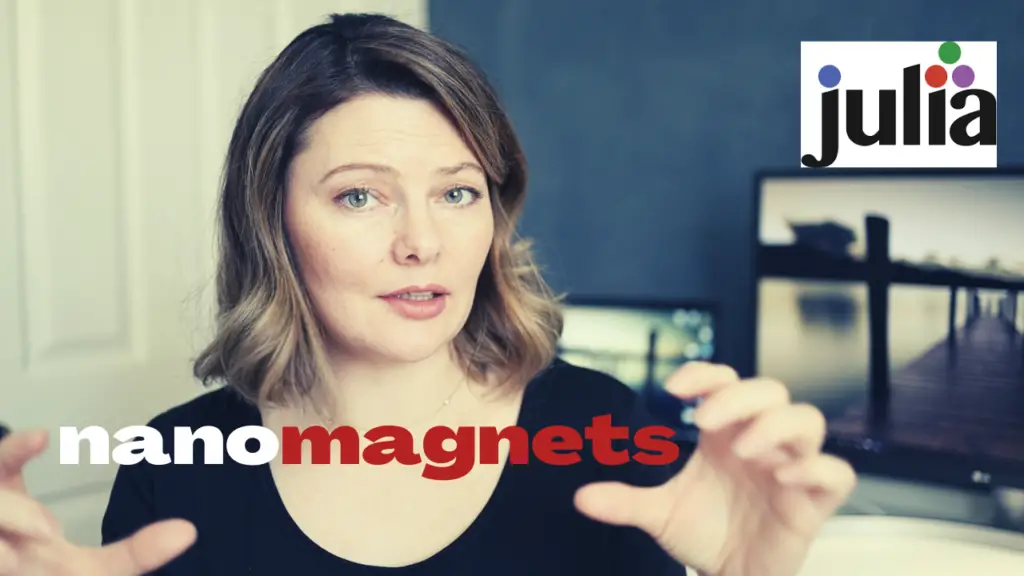Let’s talk about summer research as a physics student.
Initially, I got accepted to work in a nanomagnetism lab. The work was supposed to involve synthesizing some nano-particles and also some work on the biology-physics joint project. However, due to COVID, I had to switch labs recently.
There were two main reasons for that.
One is that our university is doing a lot of renovations this summer. It’s taking advantage of the fact that there is almost no one on campus. So it’s reasonable to make all kinds of improvements that they can. The lab that I was supposed to work in is scheduled to be extensively renovated. That means that we wouldn’t be able to access the lab for a while and do our work. And this is a very hands-on type of setting where you have to be in the laboratory to do any learning.
Two is that I was supposed to work on one of the projects that involve physics and biology collaboration. The grad student I was supposed to work with works in the biology lab most of the time. And our biology department is much more strict when it comes to COVID rules. And with how things look right now, it doesn’t seem like in the summer; there will be very much change from what’s happening right now because we have pretty strict rules regarding social distancing and things like that.
My potential lab supervisor gave me a warning that it might be the case that doing research won’t happen in the way that it was supposed to happen initially. I should better try joining another lab in our physics department.
So I started asking around, and luckily one of the professors offered me to work on a project with one of his grad students. It’s still solid-state physics, and it also involves nanomagnetism, but it’s not really a hands-on thing in the lab. It’s purely computational research.
I’ll be working on the artificial spin ice. This topic, and this term in general, is new to me. I’ve never heard about this before. In fact, even studying for almost four years now, I only learned about this when I had to look for another lab. I’m so glad I did. This is a fascinating topic. It’s is indeed something I would enjoy working on. And I particularly liked that it involves a lot of computational work because that will provide me with valuable programming and scientific programming skills, in particular.
So I think either way, regardless of what I decide to do after that summer research, this will be very, very beneficial for me to have that done. And the programming language I’ll be using to work on that project is Julia. I’m very excited to start working on this.
So what is artificial spin ice?
It’s a relatively new area of research. It has no direct applications just yet as far as I’m informed, but it’s indeed super interesting.
Artificial spin ices are basically tiny nanomagnets arranged in a special way on lattices. Those can be either periodic lattices or non-periodic. So we can arrange those tiny, tiny magnets to either form thin layers or full crystals. Again, that’s the best of my knowledge at this point. I don’t know a whole lot about this just yet. I just read a few papers on that. There are endless possibilities for geometries we can create.
This material relates to a paper that appeared in the May 20, 2016 issue of Science, published by AAAS. The paper, by Y.-L. Wang at Argonne National Laboratory in Argonne, IL, and colleagues was titled, “Rewritable artificial magnetic charge ice.”
By manipulating the geometries, you can get pretty unique materials that will have particular properties. And that’s why these materials are called meta-materials or magnetic meta-materials. It’s because they are engineered in a special way and are not naturally occurring in nature.
One aspect of this is that I found particularly interesting is that there are talks of the emerging magnetic monopoles
Another very cool feature of this, which particularly fascinates me, that apparently, one can program those crystals. If I understand this correctly, you can write a program to control it because those crystals respond to changes in external mechanical fields, you can put current through it, you can create different states of material with them. I guess there are ways to do it programmatically. I’m not sure what the exact mechanism would be. That will be an exciting topic to discuss later.
What are some of the applications for the artificial spin ice materials?
Artificial spin ices are being extensively studied for their uses and applications in fields such as
- data encryption
- data storage
- computing (quantum?)
- creating programmable or reconfigurable microwave circuits.
The latter, I believe, is one of the areas that has seen the most advances lately.
So this is a very brief overview of what my research is going will involve. Lots of programming using Julia and some Lua.
There’s also been a discussion about using Lua along with Julia. I’m not sure exactly why, because Lua is a relatively new language as well. And as far as I know, it’s being used in image processing and game development. So maybe it has its uses for the simulation, part where we would have to do some modeling and simulation.
I also decided to use that opportunity, and I brought back to life my old blog. It was sitting untouched for a year or two. I didn’t know what to write about regularly. Now that I have a specific topic I’m particularly interested in; I would have a much easier time coming up with blog post ideas. I think it will be a fun project to do, keep sort of a logbook of all my progress and what I’ve learned, share my knowledge with the world, with people who like to know about this more.
Cheers,
Julia
